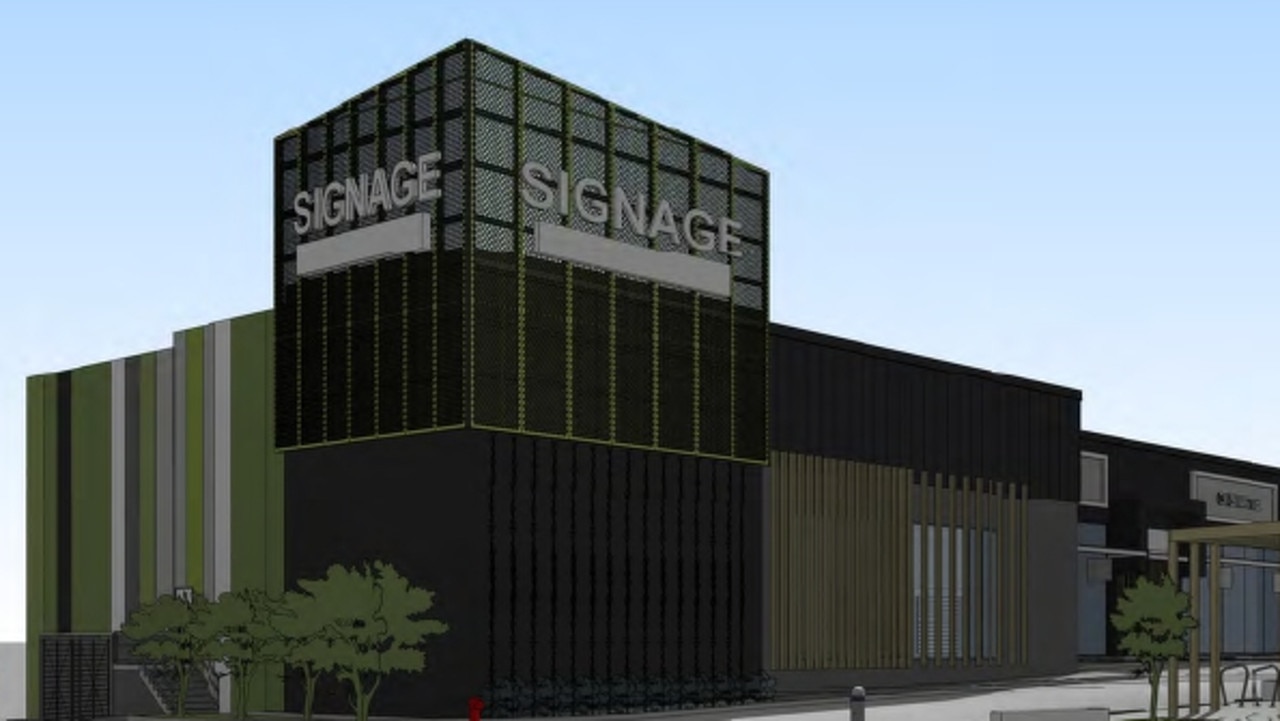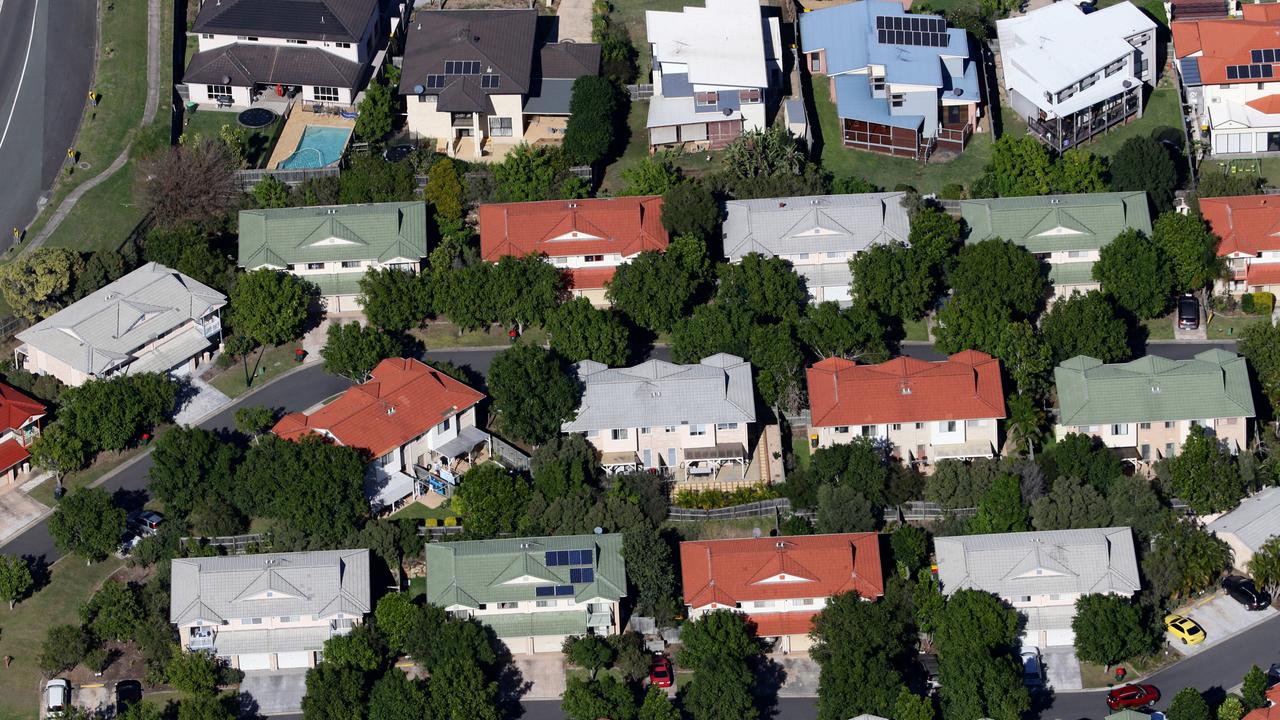Every Melbourne suburb’s median price: 22 suburbs have dodged the downturn over past year
It’s 12 months since the Melbourne market peaked and started going backwards — but 22 suburbs are still on top. SEARCH EVERY SUBURB’S MEDIAN.
Property
Don't miss out on the headlines from Property. Followed categories will be added to My News.
The median house price has declined in every Melbourne suburb except for 22 superstar areas that have escaped the downturn since the market peaked a year ago.
But the average house value increased in almost half the city’s 417 postcodes in the first three months of the year, new quarterly data from PropTrack shows.
And prices are now considered likely to continue rising, especially in those suburbs that have bucked the plunge so far, if stock levels remain low and interest rates are raised only once or twice more in line with widespread expectations.
RELATED: Victorian first-home buyers age: Why many are waiting until their 40s to purchase a property
How to make money in property without owning home or mortgage
Victoria’s most in-demand suburb revealed, up to 480 buyers per house
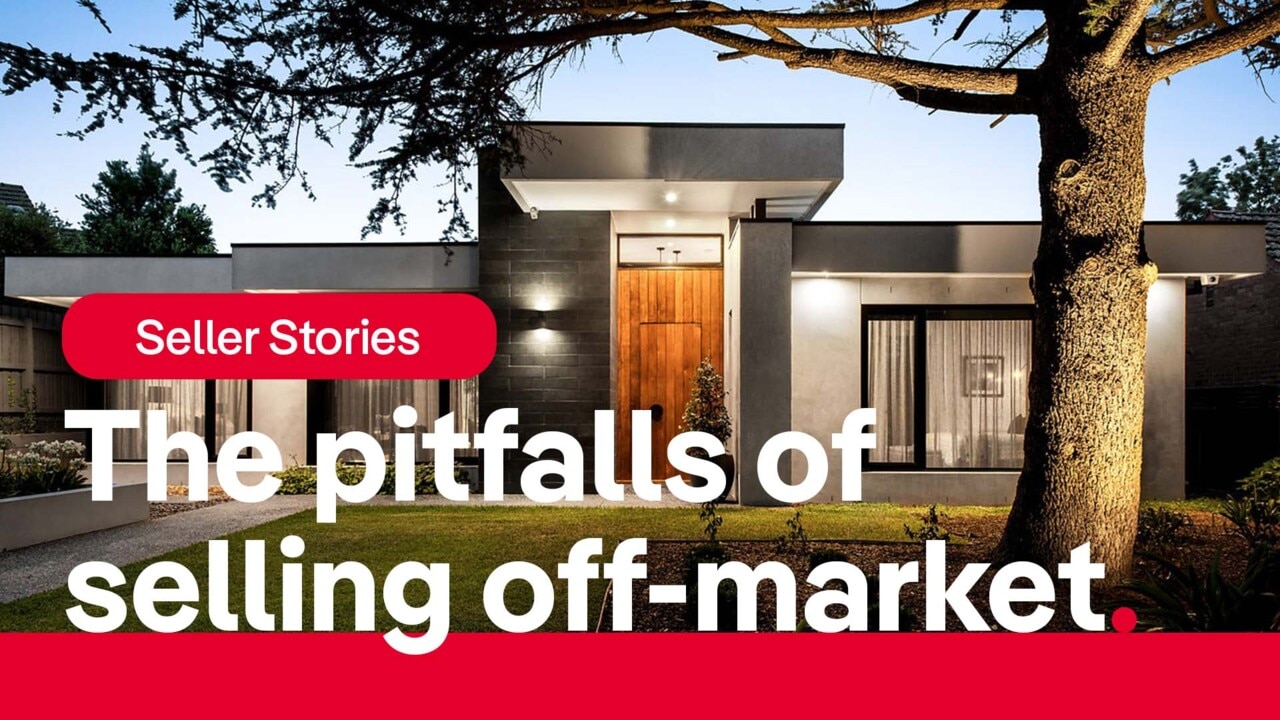
Victoria’s real estate market peaked in March last year when the median house value hit $897,000, according to PropTrack; it has since shed 5.79 per cent to $789,000.
The Mornington Peninsula’s Cape Schanck tops the list for gains since the overall market began falling, with its median house price soaring 13.8 per cent to $1.95m in a year.
Outer western suburbs have also dodged the downturn with rises of up to 3.9 per cent including Deanside (with a $660,579 median), Tarneit ($665,576), Bonnie Brook ($683,125), Truganina ($673,305), Werribee South ($846,145), Brookfield ($590,807), Wyndham Vale ($575,161), Eynesbury ($683,741) and Melton West ($551,799).
Leafy Toorak ($5.22m) and Balwyn ($2.75m) also took out top 10 spots.
PropTrack economist Angus Mooresaid “it looks like we’re much closer to the peak in interest rate rises than previously thought”, with Reserve Bank of Australia leaving the cash rate on hold at 3.6 per cent this week.
“We’re expecting prices will still decline a bit across this year because of how far the RBA raised interest rates last year,” he said.
Historically, house values tend to stabilise and bottom out when interest rates draw to a peak.
“If prices are broadly stable and are rising, we would expect to see more areas where prices are growing than if prices were falling,” Mr Moore added.
He said that to date, the 22 areas where prices have risen have “largely escaped the down tick in Melbourne house prices”.
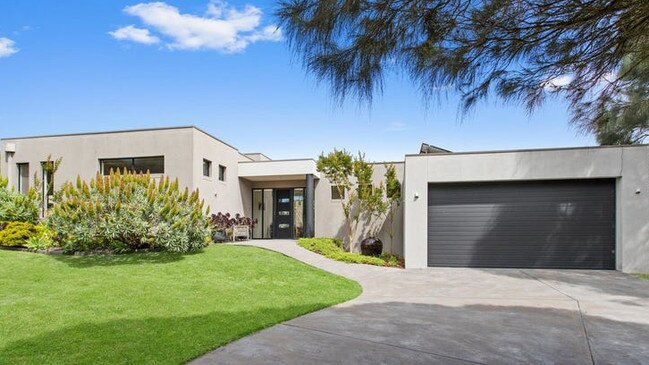
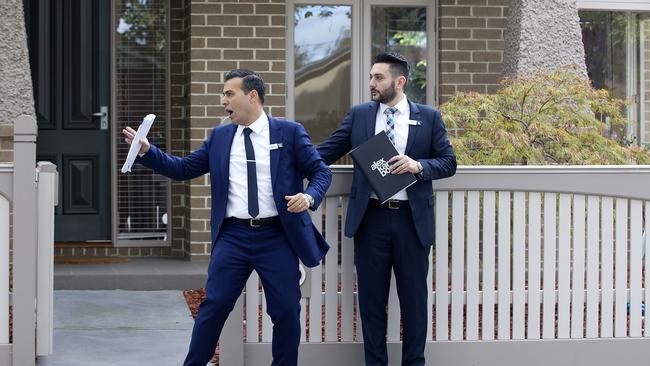
Large individual house sales like the $80m purchase of an unfinished mansion at 29-31 St Georges Rd, Toorak mansion and $74.5m paid for 17 St Georges Rd could impact an suburb’s median price, he added.
Morrell and Koren buyer’s advocate to the stars Dave Morrell said Toorak had “absolutely” escaped the broader market downturn.
“The top end goes to its own drum beat, it is not driven by interest rates, it is driven by availability,” Mr Morrell said.
He said rising interest from China-based buyers was fuelling demand in blue-chips areas like Toorak, after the quieter sales period between October last year and this January.
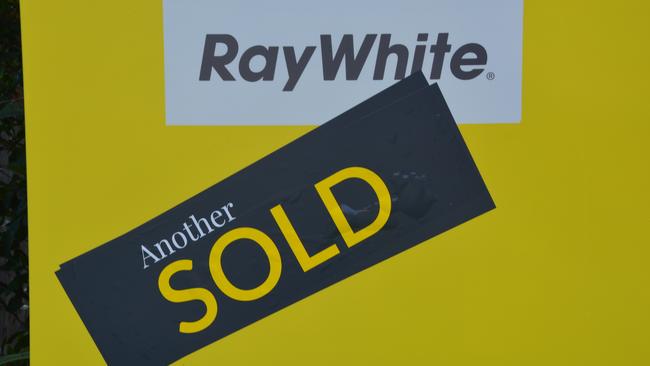
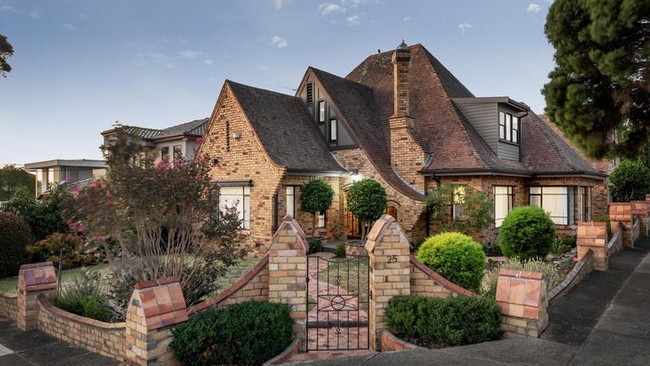
Hocking Stuart Melton principal Damien Spiteri said the region had a “sustainable market”.
“Homes haven’t risen a whole lot, but they haven’t fallen a whole lot compared to other suburbs nearby,” Mr Spiteri said.
Buyers would continuing flocking to the area because it was “safe”, he added.
“In hard markets when money’s tough, Melton is very popular because it’s affordable.
“There has always been good value out here with plenty of infrastructure.”
In the first three months of 2023, median house values grew up to 4.8 per cent in areas including Red Hill ($2.66m), Balwyn, Officer South ($824,749), Brighton ($3.33m) and Essendon North ($1.33m).
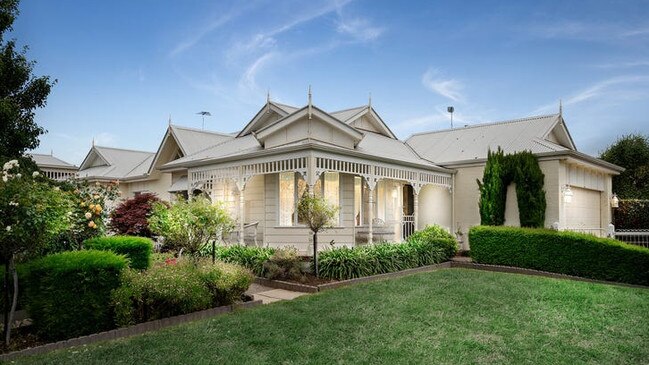
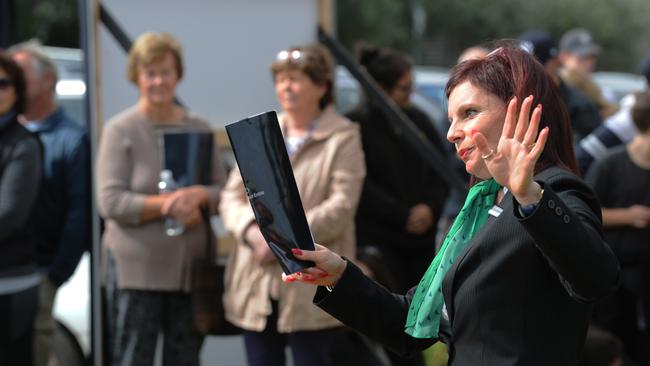
Leading independent economist Saul Eslake said Victoria’s increasing population, including returning overseas migration, was another reason for rising house prices.
“The potential turning point in the property price cycleseems to be based broadly across the Melbourne market,rather than being concentrated at the top or the bottom of the market, which is an encouraging sign,” Mr Eslake said.
The median unit price rose more than 10 per cent in Taylors Lakes ($577,980) and Mernda ($499,087) between March 2022 and March 2023.
PropTrack data shows Melbourne’s overall median rent increased 9.5 per cent in the same time frame, hitting $460.
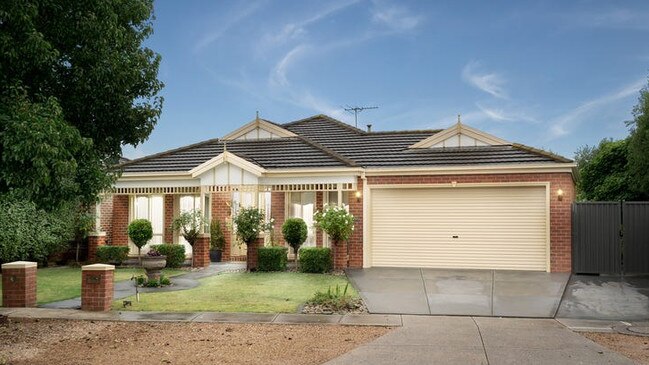
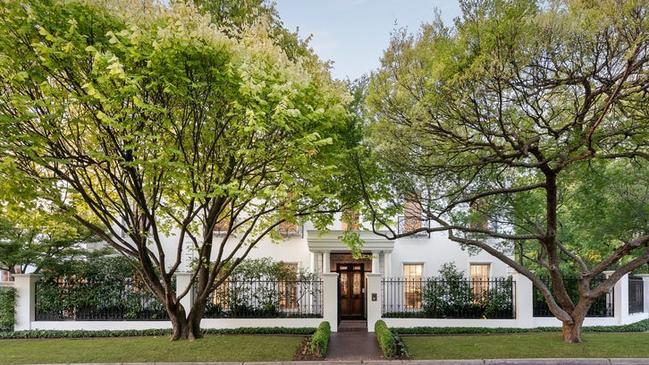
Barry Plant chief executive Mike McCarthy said if a shortage of housing stock continued in the market, then rising demand could lead to increased future prices.
“Inevitably, less stock puts pressure on prices because there’s more people competing for less stock,” Mr McCarthy said.
”If someone’s budget is now constricted in the suburb they were looking at, they may go one or two suburbs out if they’re slightly more affordable, that will then increase demand for those areas and most likely increase prices.”
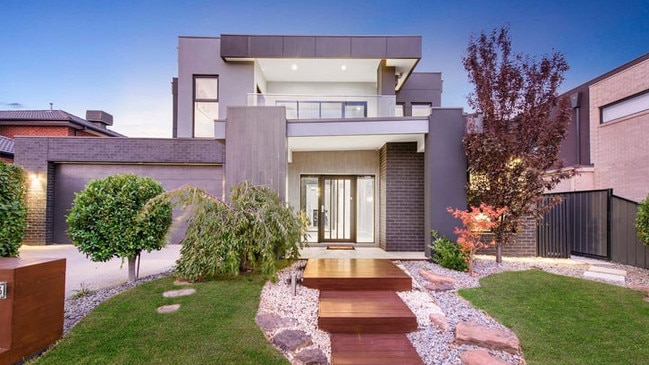
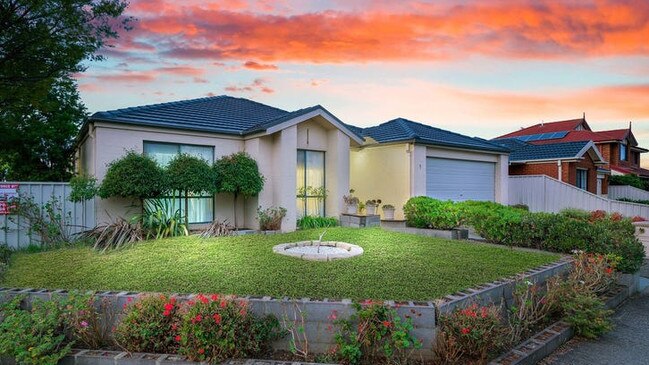
Tarneit homeowner Madeline Abboud was thrilled to hear the suburb was among the Melbourne postcodes to have thus far beaten gloomy forecasts for the property market and linked her good fortune to the area’s improving amenities as new schools and infrastructure were built.
“It’s a fairly new area, but that’s one of the reasons I did buy there – because I knew the prices would increase,” Ms Abboud said.
“But I didn’t expect it to happen this soon.”
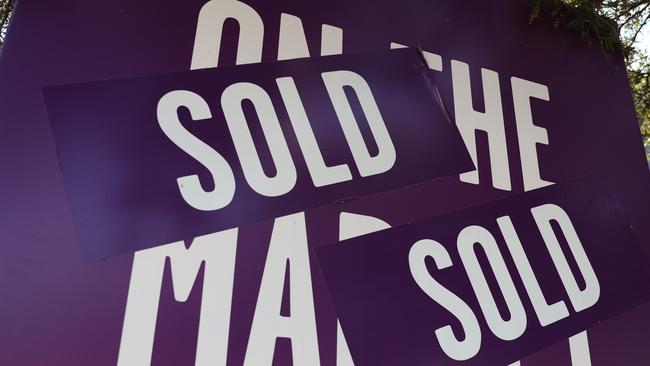
She bought the home two years ago, and now aged 23 has decided to lease it out and move back in with her mum to maintain her strategy to be living mortgage free in her 30s.
“I’m on a fixed rate, so that hasn’t gone up, but everything else outside of the mortgage has – so I want to get that (the mortgage) cleared up a bit before moving back in,” Ms Abboud said.
Due to the Easter long weekend, the Herald Sun’s auction market coverage will not appear in Saturday’s paper but will resume as normal on April 16.
Melbourne suburbs where the median house price increased between March 2022 and March 2023
1. Cape Schanck $1.950146m 13.8%
2. Officer South $824,749 9.9%
3. Flinders $3.52682m 6.5%
4. Toorak $5.222819m 5.3%
5. Deanside $660,579 3.9%
6. Bunyip $831,848 2.3%
7. Balwyn $2.752144m 2.3%
8. Cranbourne South $813,935 2.1%
9. Tarneit $665,576 1.9%
10. Bonnie Brook $683,125 1.5%
11. Wollert $690,480 1.4%
12. Lyndhurst $873,365 1.1%
13. Truganina $673,305 1.1%
14. Werribee South $846,145 0.9%
15. Riddells Creek $1.123378m 0.5%
16. Somers $1.671103m 0.4%
17. Lang Lang $732,100 0.3%
18. Brookfield $590,807 0.2%
19. Wyndham Vale $575,161 0.2%
20. Eynesbury $683,741 0.2%
21. Wallan $632,443 0.1%
22. Melton West $551,799 0.1%
Melbourne suburbs where the median house price increased the most between January 2023 and March 2023:
Red Hill $2.663104m 4.8%
Balwyn $2.752144m 4.8%
Officer South $824,749 4.8%
Lang Lang $732,100 4.2%
Brighton $3.33103m 4.1%
Essendon North $1.336051m 4.1%
Deepdene $3.34789m 4.1%
Canterbury $3.221617m 4%
Ivanhoe East $2.310517m 3.7%
Eaglemont $2.345416m 3.6%
Source: PropTrack Quarterly Home Values March 2023 report
Source: PropTrack Quarterly Home Values March 2023 report
Sign up to the Herald Sun Weekly Real Estate Update. Click here to get the latest Victorian property market news delivered direct to your inbox.
MORE: Victoria’s cheapest home sales: Where houses sold for as little as $29,000
Coburg-Moreland level crossing site in controversial architecture award tilt
Australia facing shortfall of 100,000 homes as prices, demand skyrocket, supply issues mount


